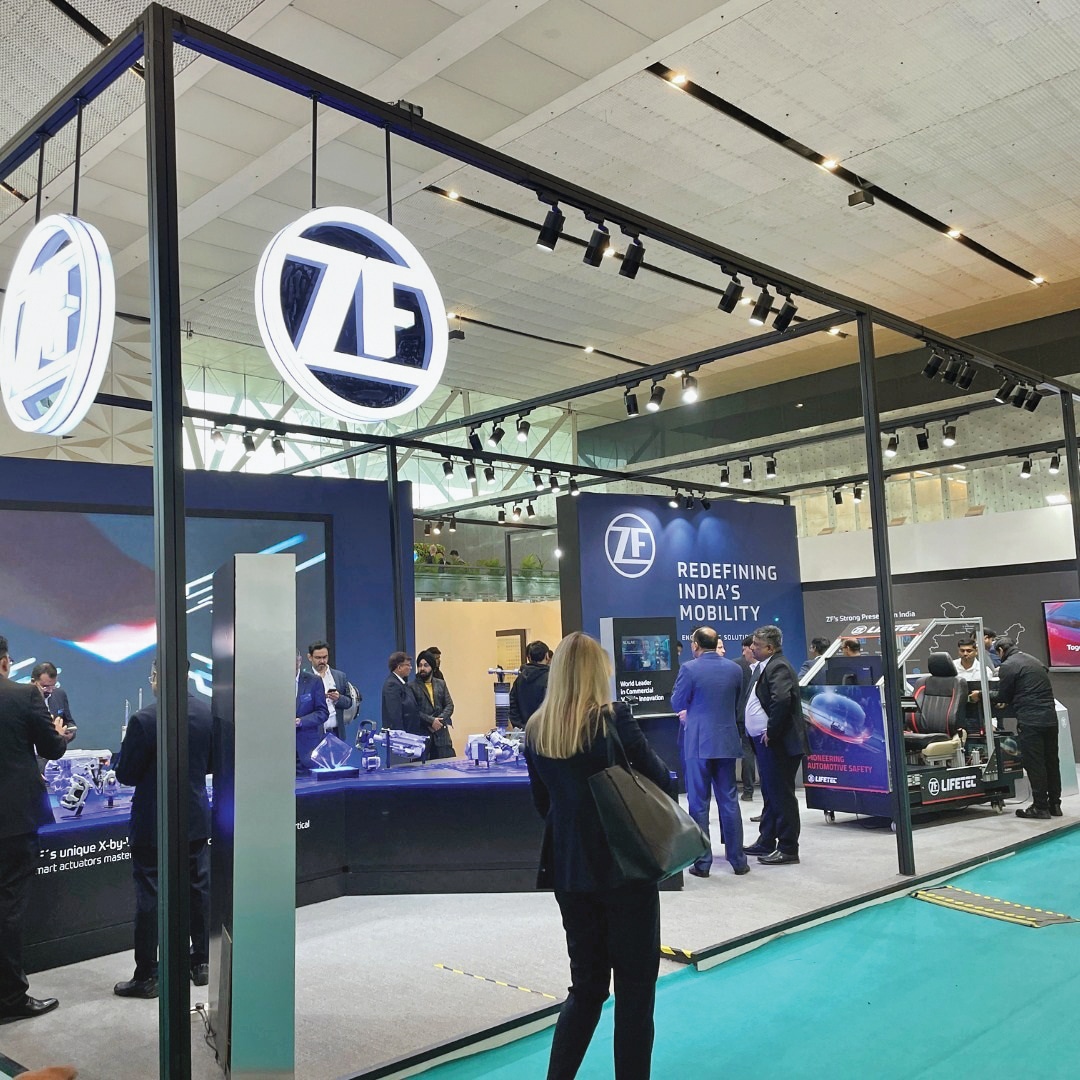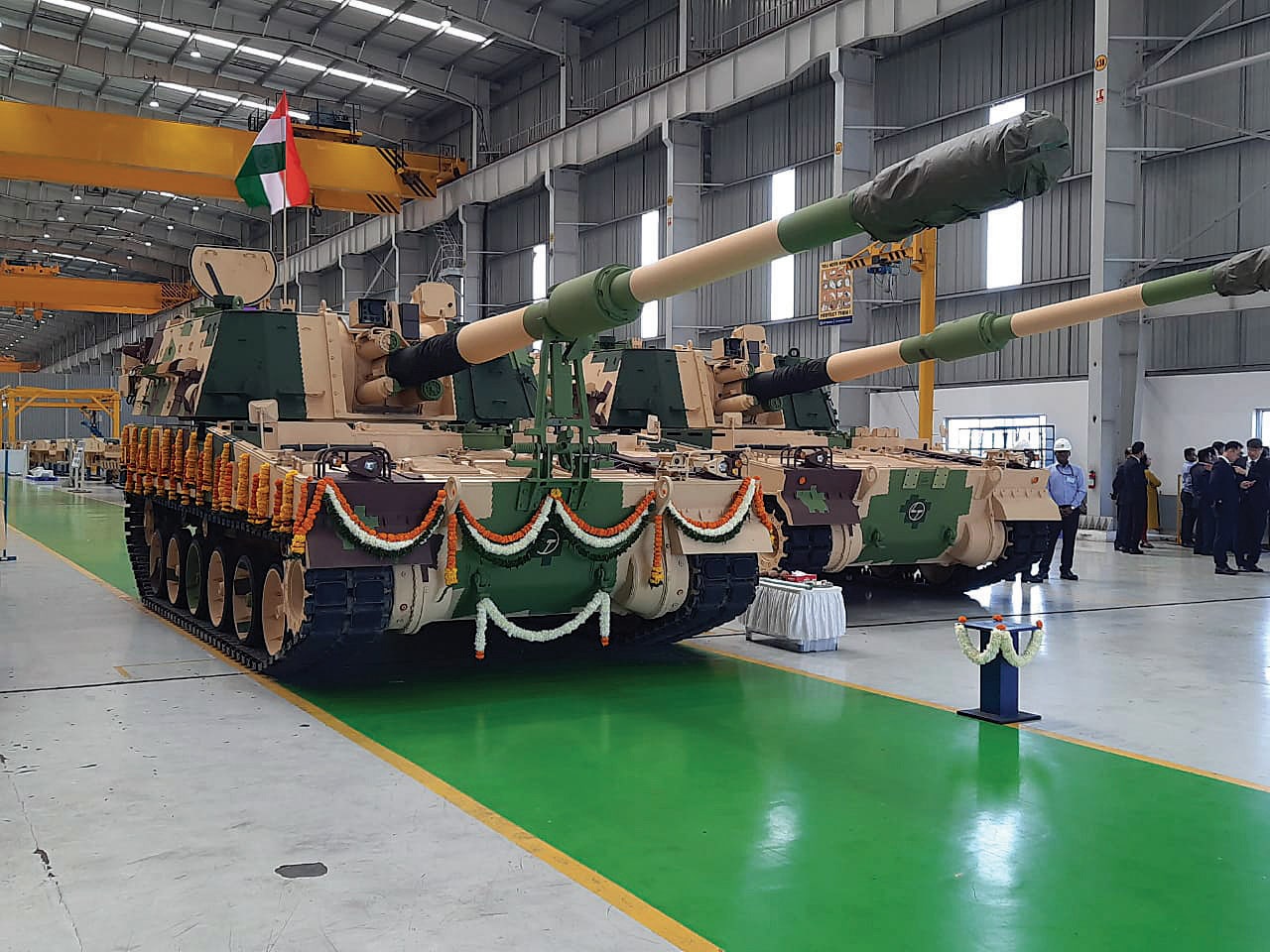|
| Today, looking for a place to park is often a time-consuming and frustrating process. In the future, Bosch sensors – installed on the road’s surface and in passing cars – will automatically identify and report available spaces. With the help of a real-time online parking map, drivers will be able to find an available parking space conveniently and without any hassle.The search for an available parking space in downtown areas and parking garages is a nerve-wracking and time-consuming daily chore for drivers. But it could soon be a thing of the past. Bosch has developed solutions to create real-time maps of available parking spaces with the help of wireless sensors installed on the pavement. These sensors recognize whether a parking space is occupied or not, and share this information via the internet. In the future, even cars passing by available parking spaces will be capable of reporting them. The ultrasonic sensors installed in many modern cars to support their parking assistance functions identify gaps along the side of the road. Since many vehicles are now online, this information can also be transmitted over the internet and displayed on a real-time map. Transmitting this real-time information to users’ smartphones or directly to their cars’ navigation devices can help shorten drivers’ often taxing search for parking spaces.
“With these solutions, Bosch is demonstrating how sensors and internet connectivity can make many people’s everyday lives significantly easier, even when it comes to parking. Our solution offers drivers more convenience and saves them time,” says Dr. Dirk Hoheisel, member of the Bosch board of management and in charge of automotive electronics. The solution will be unveiled at the Bosch ConnectedWorld conference in Berlin. The international industry meeting takes place in Berlin on February 17 and 18, 2015 and showcases solutions for the connected world. Search for parking spaces: nerve-wracking, expensive, and bad for the environment Energy-saving wireless technology Drive-by parking space recognition “As the vehicle drives past, these sensors identify spaces between the cars parked along the side of a road. Because more and more cars are also online, this information can be transmitted to a database at a high speed.” The more cars participate in this system, the more detailed and up-to-date the map. |






Leave a Reply